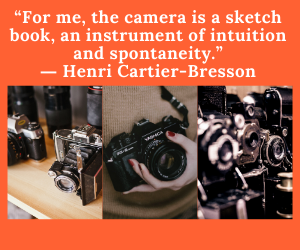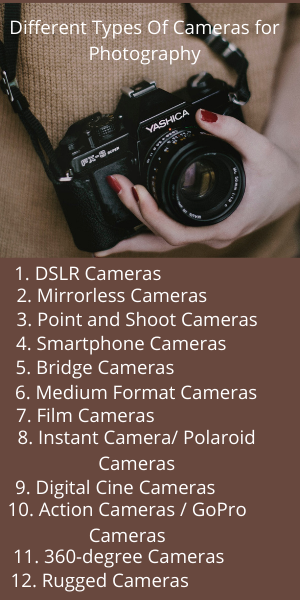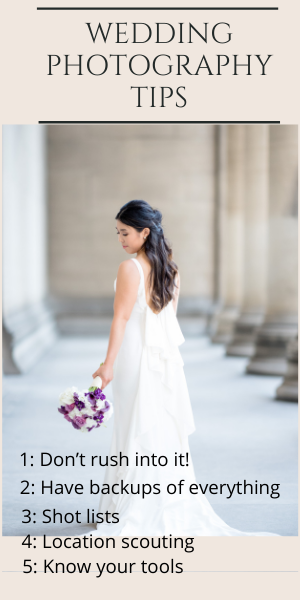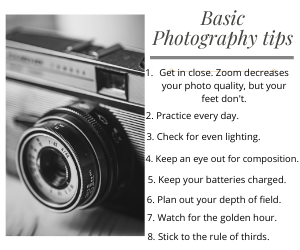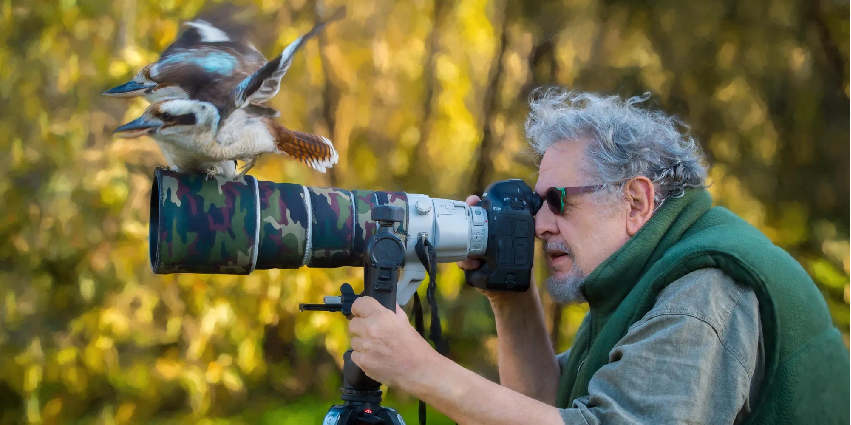
Essential tips for photographing wildlife
How many times have we not seen those great photographs of living nature in magazines like National Geographic or Time? These extraordinary shots are not random, they are the result of a lot of practice and hours preparing the perfect shot.
Study The Topic
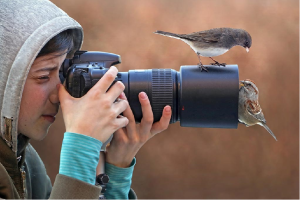
What animals live a short distance away and what are their behavior patterns? What types of environments do they prefer? Will your models be awake when you shoot? Wildlife photography is all about capturing the floating moments most people never get to see, being there at the time and place is a numbers game.
Get Used To Shoot From Afar
The animals are models that are not very close to the photos, and we cannot direct them or tell them how to pose. To capture wildlife acting naturally and fearlessly, you may have to rely on a long telephoto lens. If the model is very shy, the longer the focal length, the better.
Serenity, Patience…
Nature is unpredictable. Even if you rigorously study the animal you want to portray, you’ll probably have to play the waiting game once you get into position. In fact, some of the most iconic shots have only been possible after hours or even days of waiting and returning to the same place.
And Don’t Waste The Opportunity
Patience is not everything. You can’t always wait for great shots to materialize, especially when you’re short on time. If your only goal is to capture a specific animal at a specific time, then yes you will have to wait; but if the opportunity is there, do not miss it.
Keep Your Eyes Open
When you control neither the environment nor the subject, you are not prepared for the unexpected. To be aware of your surroundings, keep both eyes open while looking through the viewfinder. If you are only focused on what you see in the frame, you will miss more opportunities than you see.
Focus
A few adjustments can make all the difference between a clear shot and an indecipherable photo. If your camera allows it, set its focus mode to “continuous” – so it follows our animal when it moves – and its focus area to “zone”. Don’t be afraid to use automatic adjustments for other factors like shutter speeds and exposure.
Practice, Practice, Practice
Even if you can’t go to Africa to catch lions and antelope, go out to the parks or near your city to catch small animals and farm animals. Analyze the shots you take and consult experienced photographers. The more hours you can put in, the better shots you’ll get.
You may like to read THE BEST PHOTO EDITING APPS IN YOUR MOBILE
